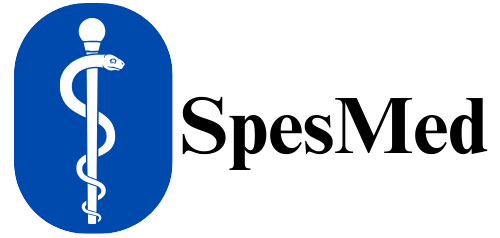The condition:
The gall bladder is a small pear shaped organ
that is attached to the underside of the liver. The
gall bladder stores bile – a fluid that helps digest
fat. The bile flows into the gut along a small tube – the bile duct.
Gall stones may form in the gall bladder and may
cause pain, bloating, nausea and vomiting.
Sometimes stones may travel into the bile duct
and cause a blockage. If this occurs, the person
may turn yellow (jaundiced) and need urgent
treatment.
One in 5 people develop gall stones, although
not everyone will have problems. However, those
people who do have problems may go on to
develop complications if it is not treated.
Complications include inflammation of the gall
bladder, inflammation of the pancreas and
blockage of the bile duct causing jaundice and
infection.
The operation:
Laparoscopic cholecystectomy is the surgical
removal of the gall bladder using a laparoscope
(a tube like instrument). This is commonly
known as key hole surgery. It is safe and
effective for most patients who have symptoms
from gall stones.
There are usually about four small cuts
(incisions) about 0.5 -2.5 cms long, made in the
abdomen. The number of cuts and their
positions may vary between patients.

The usual position of the cuts
A telescope is passed into one of the small cuts
to allow the surgeon to see inside the abdomen.
Hollow metal tubes called ports are inserted into
the other small cuts.
Carbon dioxide is blown into the abdomen to lift
the abdominal wall away from the liver, gall
bladder, small bowel, stomach and other
organs. The surgeon puts instruments such as
forceps and scissors into the other ports to help
remove the gall bladder.
Risks of this procedure:
(a) Damage to large blood vessels causing
bleeding.
(b) Damage to gut and/or bladder when the
instruments are inserted.
(c) Rarely, gas fed into the abdominal cavity can
cause heart and breathing problems.
(d) The laparoscope method may not work and the
surgeon may need to do open surgery.
(e) Stones may be found outside the gall bladder.
(f) Gallstones may spill from the gall bladder and
be lost in the abdominal cavity.
(g) Some stones may be left behind in the bile duct
and may need further treatment.
(h) Some of the clips or ties may come off
(i) Damage to the bile tubes
(j) Infection in the wound causing redness, pain
and possible discharge or abscess.
(k) Possible bleeding into the wound
(l) The wound may not heal normally. The wound
can thicken and turn red.
(m) A weakness can happen in the wound with the
development of a hernia (rupture).
(n) Adhesions (bands of scar tissue) may form and
cause bowel obstruction.
(o) Symptoms experienced before surgery may
persist after the surgery.
(p) Increased risk in obese people of wound and
chest infection, heart and lung complications
and thrombosis.
(q) Increased risk in smokers of wound and chest
infections, heart and lung complications and
thrombosis.
